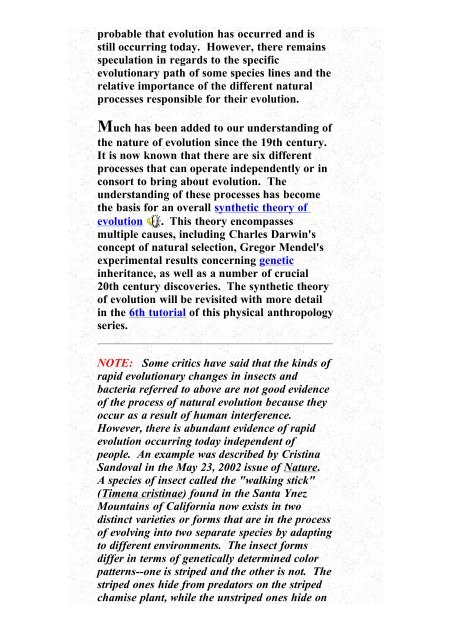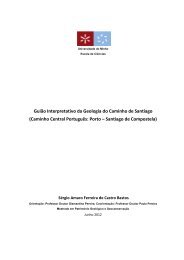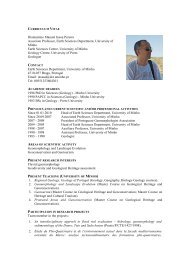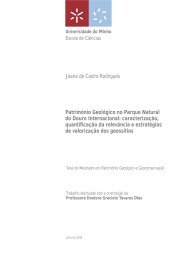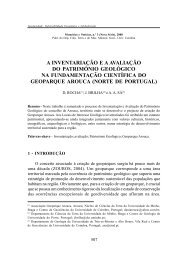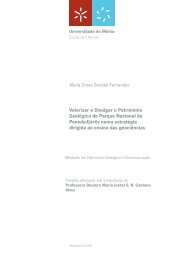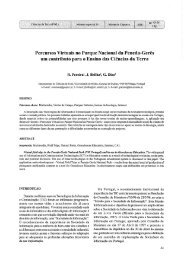Pre-Darwinian Theories
Pre-Darwinian Theories
Pre-Darwinian Theories
You also want an ePaper? Increase the reach of your titles
YUMPU automatically turns print PDFs into web optimized ePapers that Google loves.
probable that evolution has occurred and is<br />
still occurring today. However, there remains<br />
speculation in regards to the specific<br />
evolutionary path of some species lines and the<br />
relative importance of the different natural<br />
processes responsible for their evolution.<br />
Much has been added to our understanding of<br />
the nature of evolution since the 19th century.<br />
It is now known that there are six different<br />
processes that can operate independently or in<br />
consort to bring about evolution. The<br />
understanding of these processes has become<br />
the basis for an overall synthetic theory of<br />
evolution . This theory encompasses<br />
multiple causes, including Charles Darwin's<br />
concept of natural selection, Gregor Mendel's<br />
experimental results concerning genetic<br />
inheritance, as well as a number of crucial<br />
20th century discoveries. The synthetic theory<br />
of evolution will be revisited with more detail<br />
in the 6th tutorial of this physical anthropology<br />
series.<br />
NOTE: Some critics have said that the kinds of<br />
rapid evolutionary changes in insects and<br />
bacteria referred to above are not good evidence<br />
of the process of natural evolution because they<br />
occur as a result of human interference.<br />
However, there is abundant evidence of rapid<br />
evolution occurring today independent of<br />
people. An example was described by Cristina<br />
Sandoval in the May 23, 2002 issue of Nature.<br />
A species of insect called the "walking stick"<br />
(Timena cristinae) found in the Santa Ynez<br />
Mountains of California now exists in two<br />
distinct varieties or forms that are in the process<br />
of evolving into two separate species by adapting<br />
to different environments. The insect forms<br />
differ in terms of genetically determined color<br />
patterns--one is striped and the other is not. The<br />
striped ones hide from predators on the striped<br />
chamise plant, while the unstriped ones hide on


